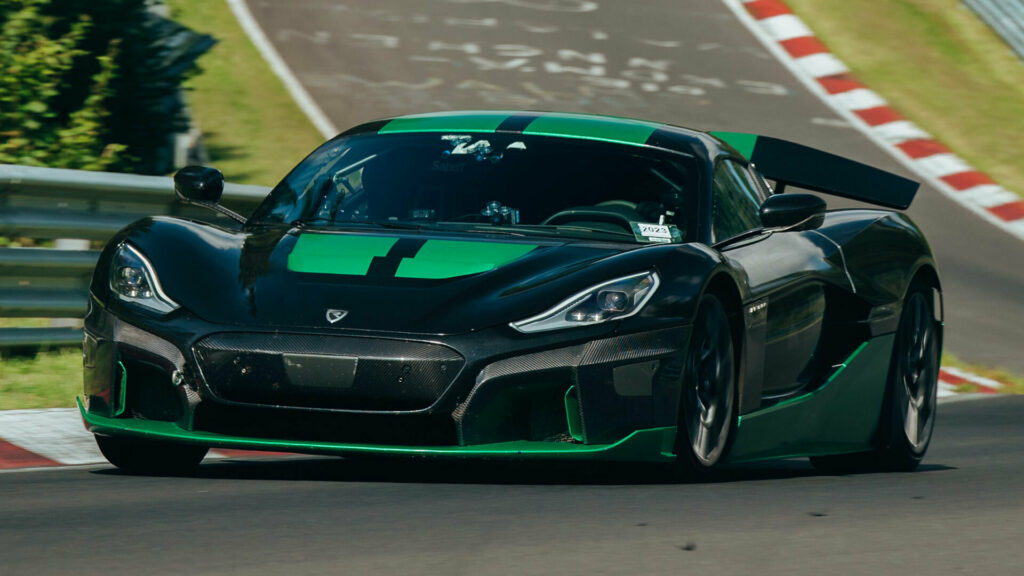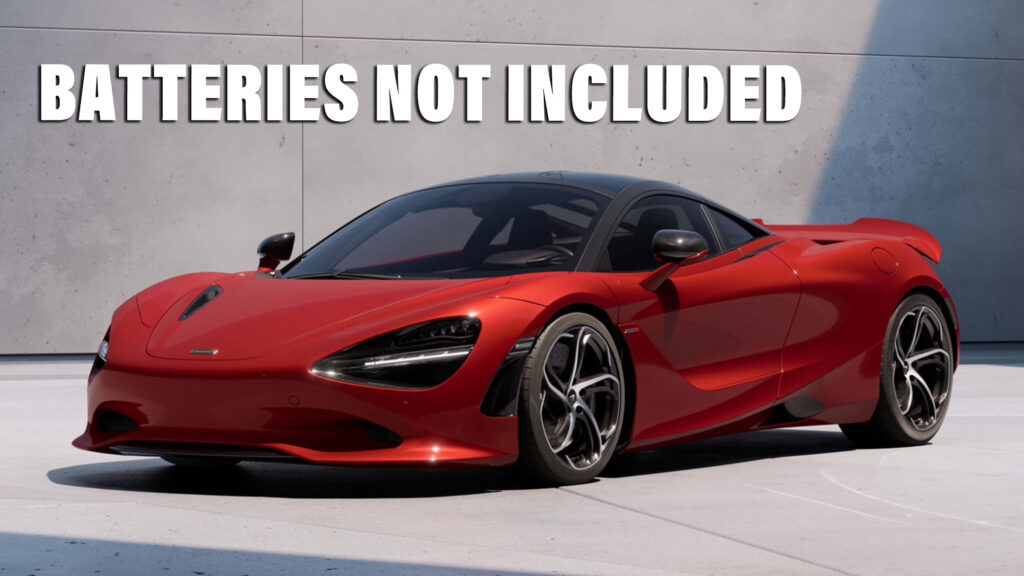You can already buy an electric supercar if you’ve got $2m to spare and Rimac’s web address. But McLaren won’t be throwing its hat into the EV ring any time soon, the company’s CEO Michael Leiters says.
And that’s not only because McLaren got its sums badly wrong over the past few years and didn’t pay attention to where the market was heading, both in terms of EVs and SUVs. Former Ferrari and Porsche man Leiters says the battery tech required to make an all-electric supercar won’t be ready until 2030.
“Weight is super important, you need also the right range,” Leiters told an interviewer from Bloomberg Television at the opening of the brand’s huge new showroom in Dubai. “I don’t expect this technology to be ready for real supercars before the end of the decade.”
Related: McLaren Applied Shows Off New 800V Inverter For EVs

Leiters didn’t directly dismiss the capabilities of the Rimac’s Nevera, which has been showered with praise and set a stack of world records for acceleration. But he made it clear to Bloomberg that he wasn’t interested in making a similar car because using available battery tech now would result in a heavy car that didn’t feel agile, or connect the driver the way McLaren’s ICE cars can.
“We don’t want to do an electric car which weighs two tons and then has 2,000 horsepower,” Leiters said, suggesting that he was waiting for the technology to allow an overall weight of around 3,300 lbs (1,500 kg). That would mean an EV roughly matching the curb weight of the brand’s existing combustion cars. In contrast, a Rimac Nevera today weighs a shocking 5,070 lbs (2,300 kg), helping explain why it couldn’t break 7 minutes at the Nurburgring when every modern ICE supercar worth its salt is into the sixes.
McLaren’s decision to wait before jumping onto the electric supercar bandwagon puts it in a very different camp to Lotus, another British sports car firm, and one who spent most of its 75 years building cars that valued lightness above almost every other quality. Although a claimed curb weight of 3,700 lbs (1,678 kg) makes the Evija far lighter than a Nevera, it’s still almost 750 lbs (340 kg) heavier than a non-electric, non-hybrid McLaren 765 LT.
Source: Bloomberg




